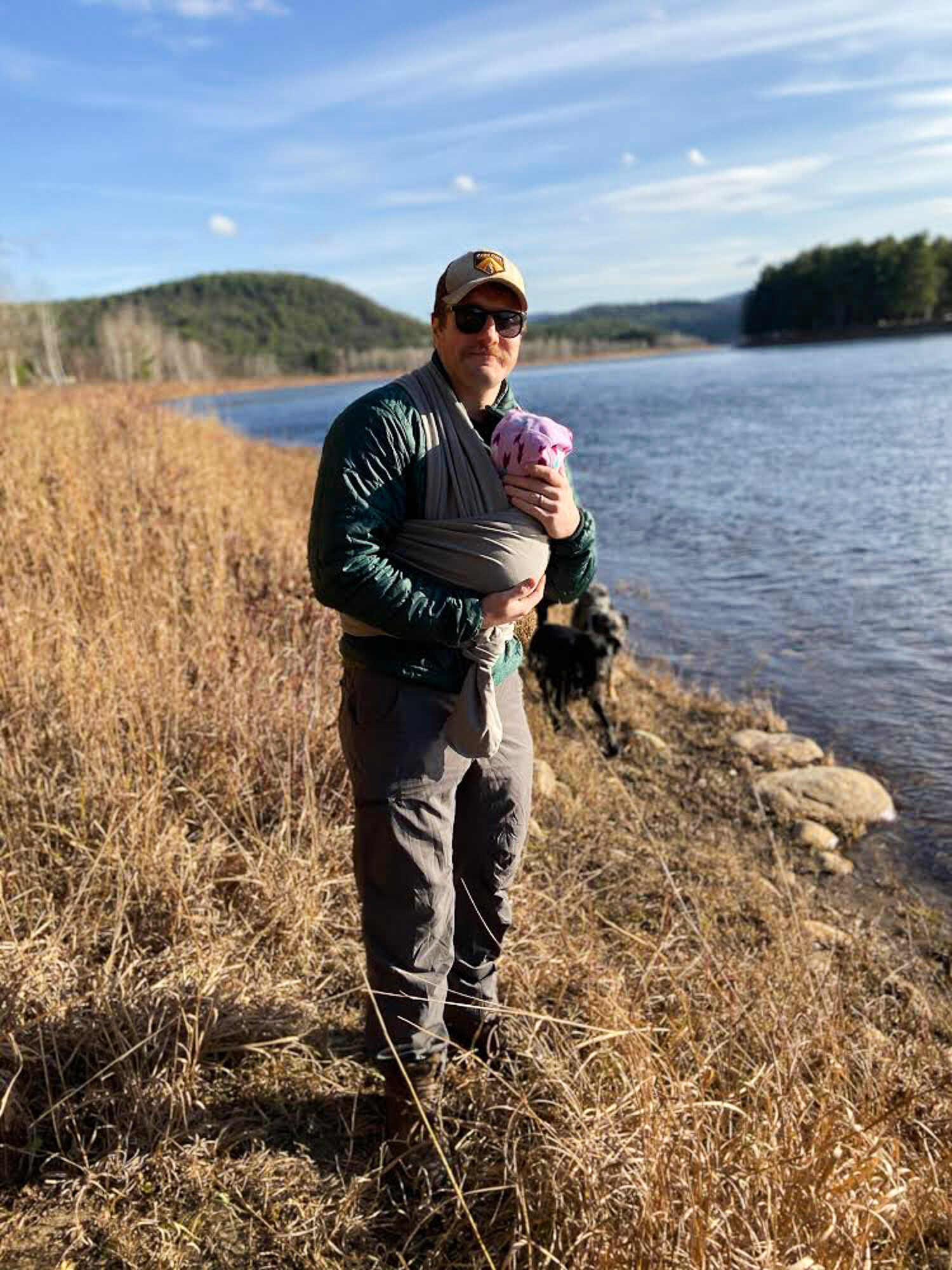The cannon would remain in Crandall Park until 1942, when it was melted down to make armaments for World War II.
Civil War veterans from Glens Falls had long sought an artillery piece to put on display, and the U.S. Navy had finally complied with their request, providing the cannon to the GAR post as an indefinite loan.
Glens Falls philanthropist Henry Crandall, owner of Crandall Park, had agreed the veterans could place the cannon in the park.
“Henry Crandall … not only granted what they asked but offered to pay the expense of obtaining the gun and to furnish the powder to shoot it whenever the veterans felt like celebrating,” The Morning Post reported.
Firing it could be risky from a liability perspective, as the federal government had stipulated it was being “loaned for ornamental purposes only, and the bureau disclaims all responsibility if … used for any other purpose.”
Nevertheless, the canon was fired four times at a dedication ceremony at 9 a.m. on July 4, 1905.
“Joseph Duell, Thomas Lajoy and Wesley Wood fired the piece and the boom could be heard as far as 30 or 40 miles away,” The Morning Star reported. “The occasion was the sixty fifth anniversary of Mr. Lajoy’s birth, and he thought the cannonade was quite a celebration, especially since it was captured from the rebels.”
The E.M. Wing post was named in memory of Edgar M. Wing of Glens Falls, a lieutenant in Company E of the 118th Regiment.
Wing, age 23, was mortally wounded at the Battle of Drury’s Bluff on May 16, 1864, and died three days later while a prisoner of war.
Bryant, who spearheaded the cannon acquisition, was born May 9, 1849 in Stony Creek, and lived as an adult at various times at Glens Falls and Lake George.
He reportedly walked from Glens Falls to Lake Luzerne, a distance of about nine miles today, to enlist at age 14 in Company D of the 118th Regiment in December 1863.
He later was transferred to Company A of N.Y. Volunteers, and was mustered out of the military on Feb. 6, 1866.
Bryant was Warren County Sheriff from 1886 to 1888, town justice of Caldwell, now Lake George, and city assessor of Glens Falls.
Bryant was commander of the local GAR post for 20 consecutive years, and had just started his 21st year when he was killed in an automotive acceded at Whitehall on Nov. 16, 1924.
The cannon was scrapped, along with numerous other items from Glens Falls, in fall 1942 for the war effort, said Queensbury Town Historian Joan Aldous.
An ornate iron fountain, moved from downtown Glens Falls to Crandall Park in 1898, a historic bell from the former Methodist Church on Warren Street, and a safe from Glens Falls National Bank also were scrapped, along with more than 17 tons of assorted metal collected from area residents.
“A bunch of cool things went into the war effort,” said Glens Falls City Historian Wayne Wright. “I wish we still had it (the cannon.) That would be fun.”
Indeed, it would be a blast, pun intended, to hear that cannon fired during playing of Tchaikovsky’s “1812 Overture” at the annual Glens Falls Symphony Orchestra Independence Day concert at Crandall Park.
—————
Sources: The Morning Star Nov. 7, 21, Dec. 9, 22, 1904, July 5, 1905; The Post-Star, Nov. 17, 1924, Oct. 14, Oct. 21, 1942; “Glens Falls the Empire City,” Dec. 10, 1908, Glens Falls Publishing Co.; “Bridging The Years,” 1978, Glens Falls Historical Association.



































































































































